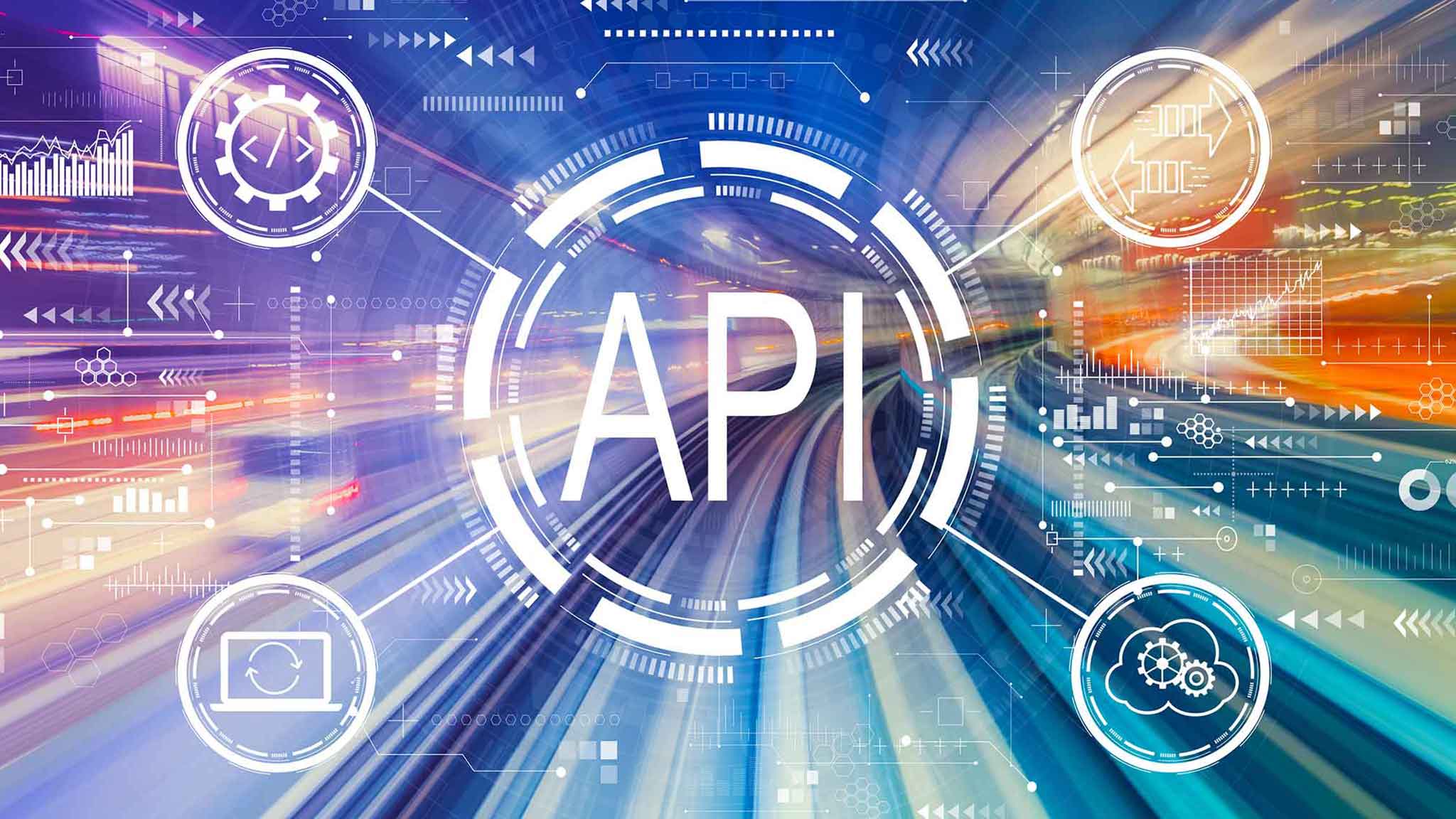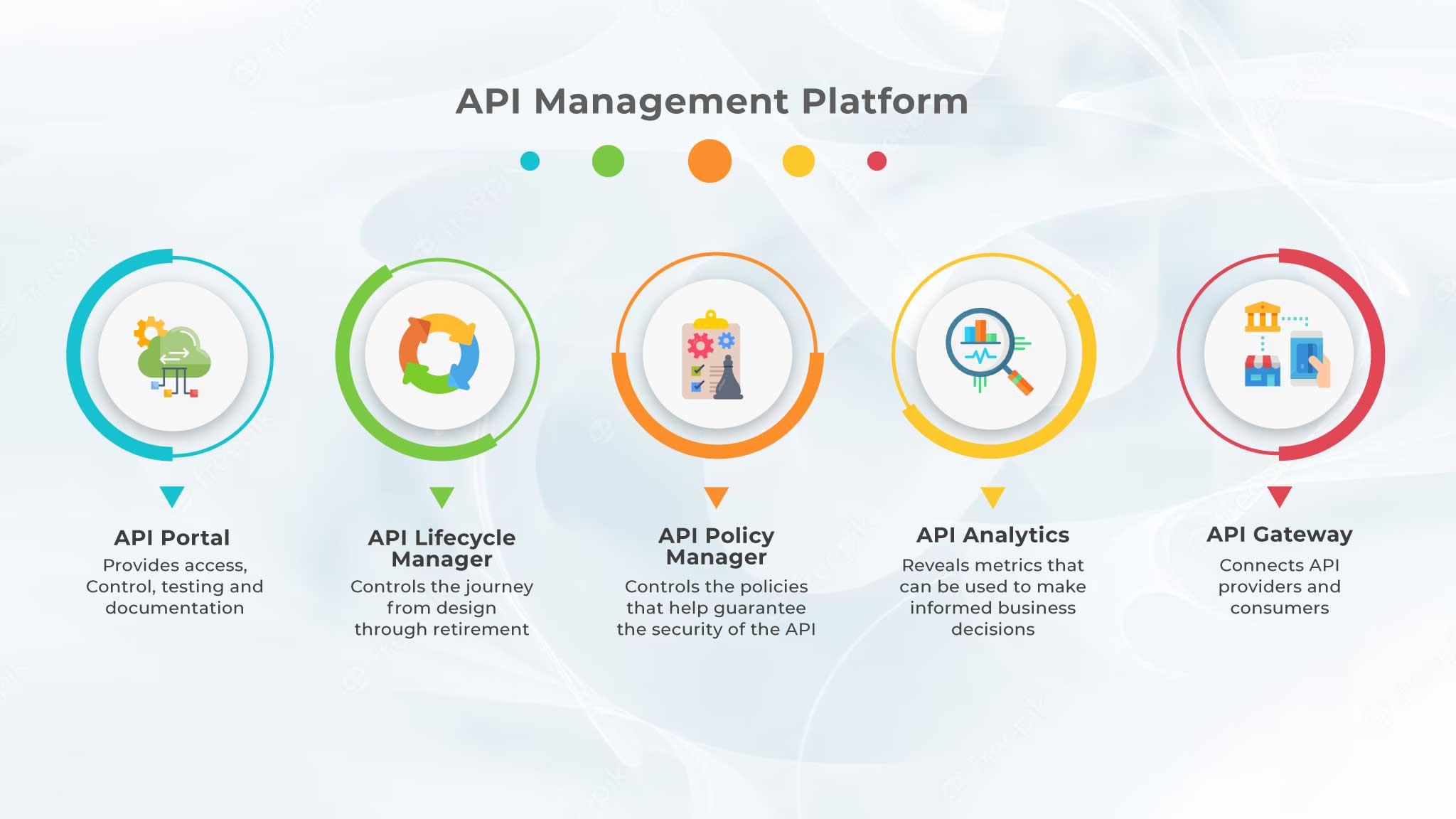
Rules, Tools, and Benefits of API Management
API Management is the process by which an enterprise uses, creates, controls, or oversees application programming interfaces (APIs.) It refers to a set of standards or rules intended to govern the use of APIs within a company, and to ensure that the APIs are well-maintained and meet the needs of users.
In its simplest form, an API (application programming interface) is a piece of software that connects two other pieces of software. As microservices have become increasingly prevalent as an architectural solution for software companies, API management has become critical in ensuring a smooth user experience.
Companies might rely on hundreds of APIs, both internally and externally, to run their business. APIs do everything from integrating PayPal into a payments solution, to using Google to authenticate users, to sharing user data between two in-house backend.
Rules of API Management
API management strategy can be broken down into 5 areas: design, documentation, analytics, access, and uptime. Successful management of each area contributes to a robust and usable API solution.
Design
Good API management starts at the design phase. Meet with developers to determine their needs and the scope of the project before beginning but consider the requirements of all stakeholders. Build with an agile mindset, starting with the minimum viable product and ensuring that each layer of the API is extensible and scalable.
Documentation
Write clear, concise, easily accessible documentation. Make it easy for people to create things using your API. Create communication protocols and automate help solutions wherever possible to reduce friction for those using your API for the first time.

Analytics
Set up monitoring on your endpoints from the beginning. Consider what data will need to be collected and what metrics should be tracked during the design phase.
Access
All architectures that utilize your API should be able to access support and get help. This includes in-house users, cloud users, and public users. Your documentation is a key component of ensuring access for all levels of users.
Uptime
It goes without saying that high uptime is crucial for any API used across a number of applications or enterprises. An outage at Github basically constitutes a national emergency these days.
API Management Tools and Platforms
There are a number of solutions geared toward helping companies manage their APIs. The Akana API Management Platform, Mulesoft API Management, and Broadcom Layer7 API Management are a few of the top competitors in the space.
In general, an API management tool should support every phase of the API lifecycle, from design to uptime. It should offer enterprise-grade security, monitoring, and should be easily integrated with well-known testing tools.
API Monetization
Monetizing your APIs can provide an additional revenue stream—as long as your APIs are well-managed. Opening up your APIs to outside developers means you have to be rigorous about your standards and deliver a consistent, high-quality experience to your users.
There are several API monetization models: Pay-per-use, Subscription, Freemium, Pay-per-transaction, Revenue share, Pay for ad-free content, and Paid partner. See this article for an in-depth explanation of each model.
Remember, choosing the right monetization strategy depends on understanding your target audience, the API’s value, and the competitive landscape. Flexibility in pricing plans and providing clear documentation are essential to attract and retain customers. Regularly review and adapt your pricing strategy based on customer feedback and market trends to maximize monetization potential.



































